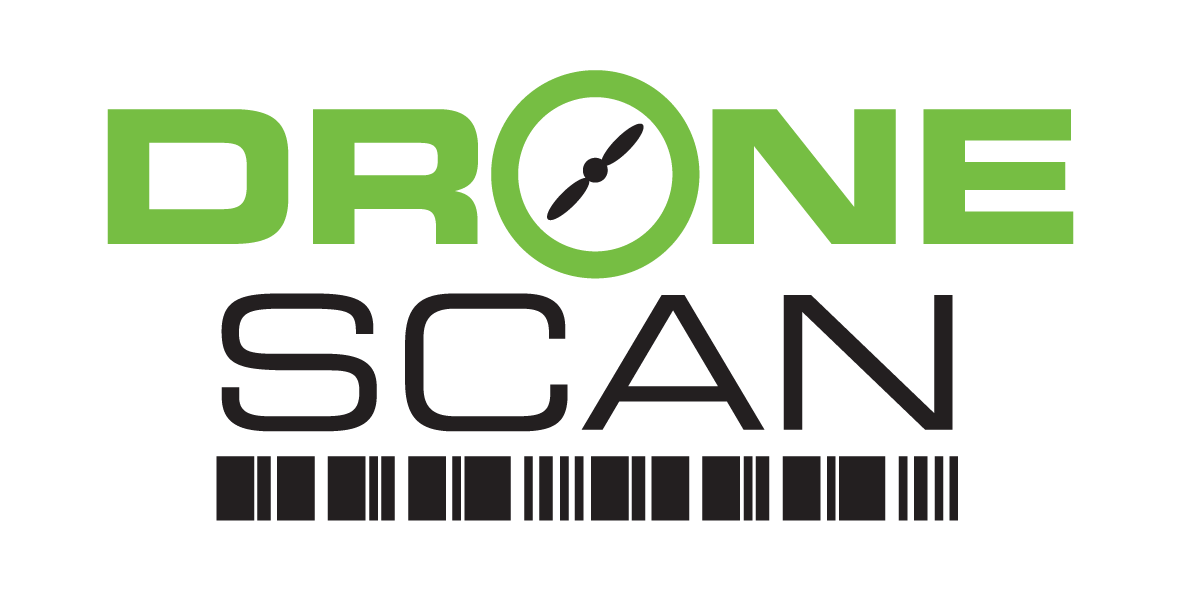Readiness checklist
If you are designing a warehouse or reorganizing an existing one, taking these few points into consideration may mean that the space requires little preparation to fly the drone. Layout changes should not be at the expense of efficiency in normal warehouse operations. The drone can be adapted to different layouts with a change in its software.
Large, uniform warehouses are naturally going to be the most drone friendly. The fewer the interruptions to the repetitive, robotic behaviour of the drone the better.
Obstacles
If possible, the roof support pillars should be recessed inside the shelving units so that nothing protrudes beyond the shelves that the drone might strike.
Shelves
Ensure the shelves are at a uniform and known height. Don't randomly change the height of the shelves, particularly within one length of racking.
Data
Ensure that the height of all bin locations is stored in your warehouse system or saved in a spreadsheet for easy importing into the drone controller software. Early versions of the systems will have their own databases for looking up bin location positions and item information. A direct link into SAP R3 is being developed by integrating ScanMan WMS software, the developers of DroneScan. ScanMan WMS is drone ready and can be run standalone or integrated to other ERP systems. Drones can also inspect items and take photos of them, e.g. damaged goods or visual verification. Your WMS should be able to link images to items for later reporting and enquiry.
Barcodes
Reduce barcode clutter. Every barcode scanned needs to be processed and the drone pauses while waiting for a verdict from the server. In order to speed up processing and minimise scanning of irrelevant barcodes, keep the barcode symbologies of your bin and item barcodes separate from other irrelevant barcodes. For example, most packaging barcodes are EAN13, so if you make your bin and item barcodes code 128 or code 3of9, the scanner can be configured to completely ignore EAN13 barcodes thus saving time.
Safety
If investing in PPE (Personal Protective Equipment), consider buying hard-hats with visor mounts. Drones have propellers that spin at 10 000 rpm and may break when they strike an object. Splinters of plastic can damage an eye.
Wireless
Drones are wireless devices operating on their own frequencies, try and keep your wireless transmissions uncluttered and at low power to avoid swamping the drone’s signals.
Holding Units
Early versions of drones will only be able to handle one pallet per bin location. Ensure that each pallet has a unique handling unit number also known as a “Serial Number” in a large barcode in a consistent location in the middle of each pallet. Ensure labels are stuck on straight with the barcodes horizontal.
Housekeeping
Drones will entangle in any dangling wires, straps or loose packaging. The downdraught from their propellers creates turbulence which will cause loose barcode labels to flap and become un-readable. Ensure shelf barcodes are placed consistently in the centre of the bin location and the centre of the shelf structure. They must be stuck on firmly, printed in large easily scannable barcode fonts and horizontally aligned.
